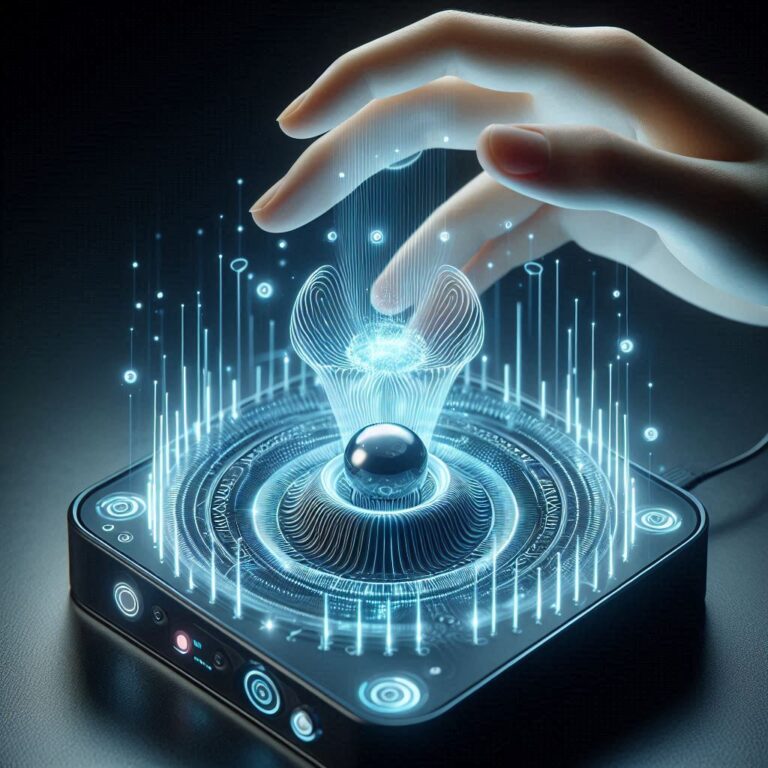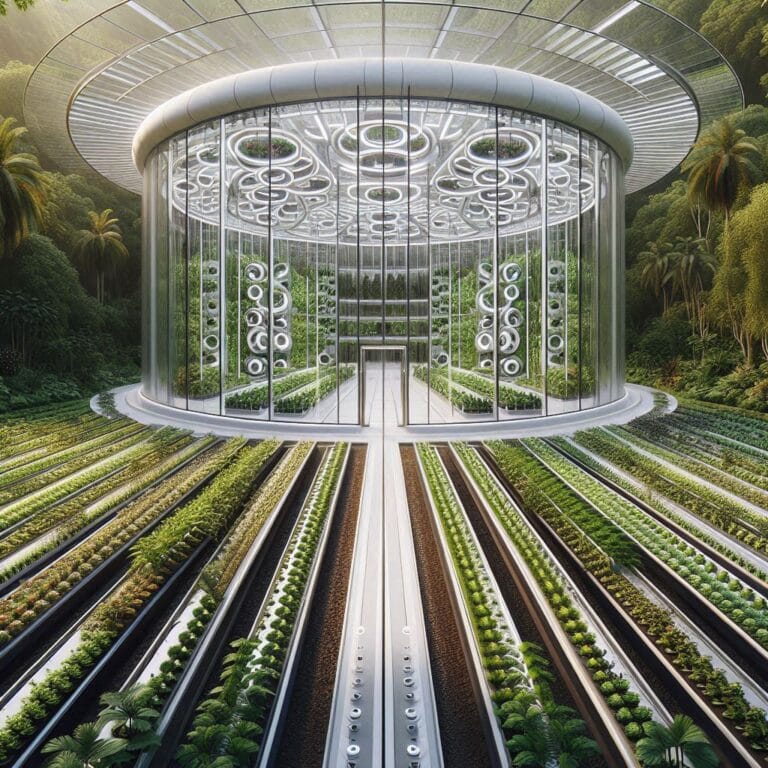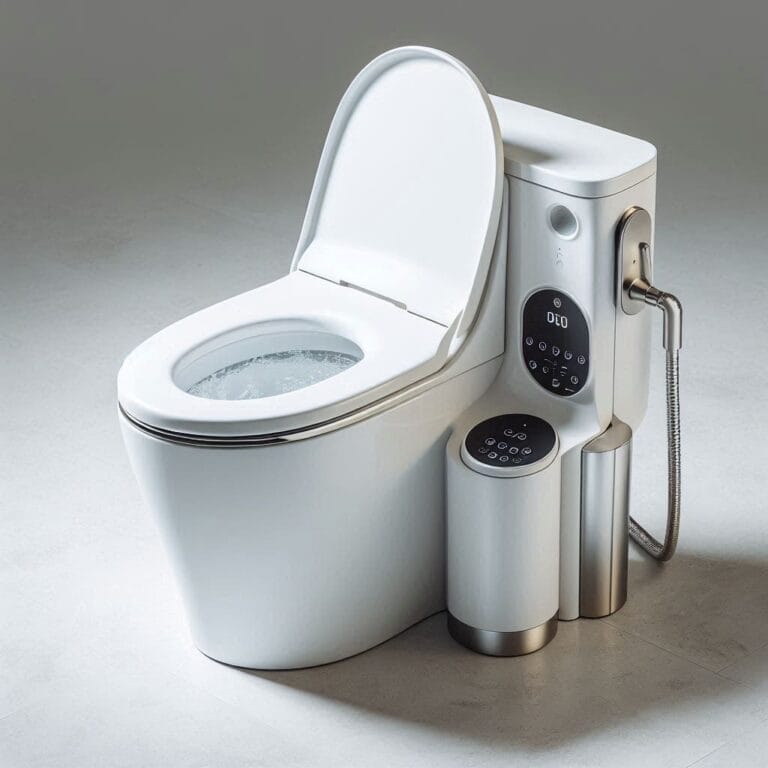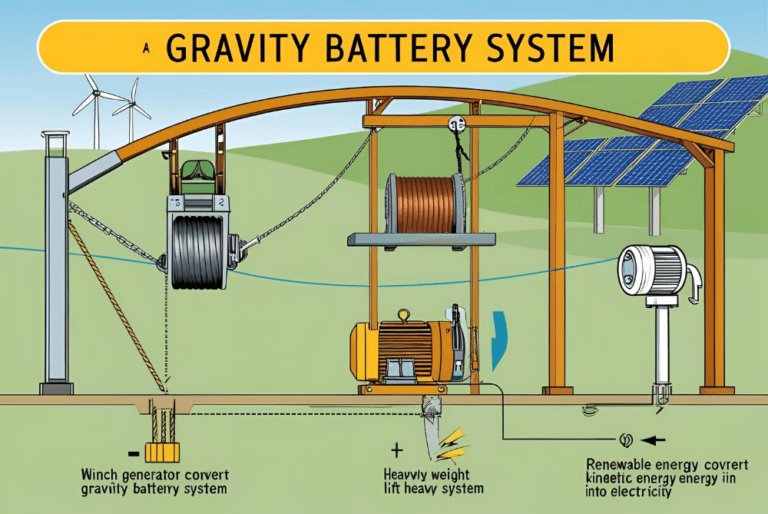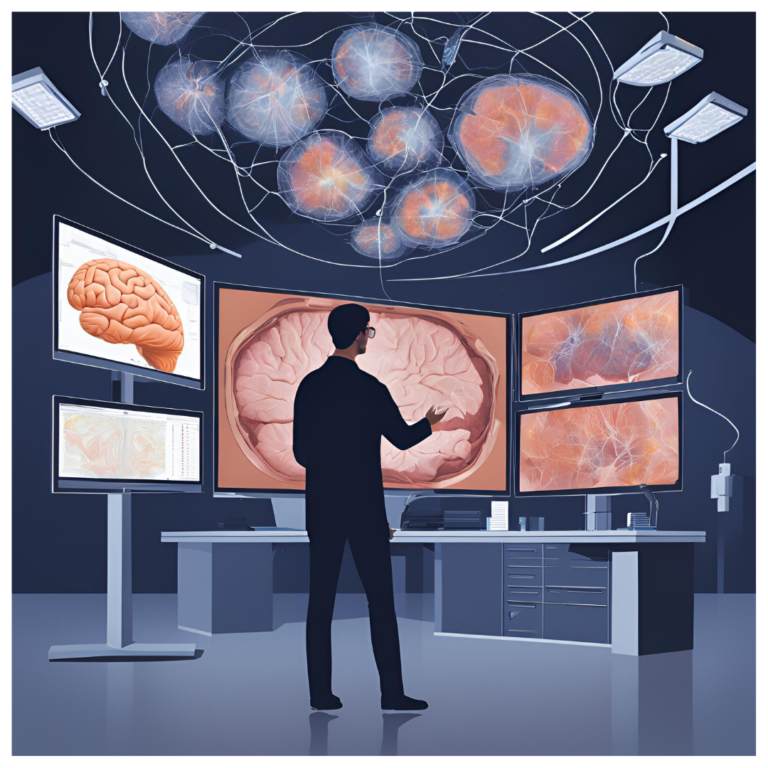Spatial UX and Immersive Collaboration
Imagine this: You’re holding a virtual object in your living room, manipulating its size and shape with a wave of your hand. Or, picture yourself attending a work meeting where colleagues appear as life-sized avatars around a virtual conference table, collaborating on a 3D project in real time.
This isn’t science fiction; it’s the future of technology with spatial computing taking center stage. This revolutionary field is blurring the lines between the physical and digital worlds, ushering in an era of immersive experiences that will fundamentally change how we interact with information and each other.
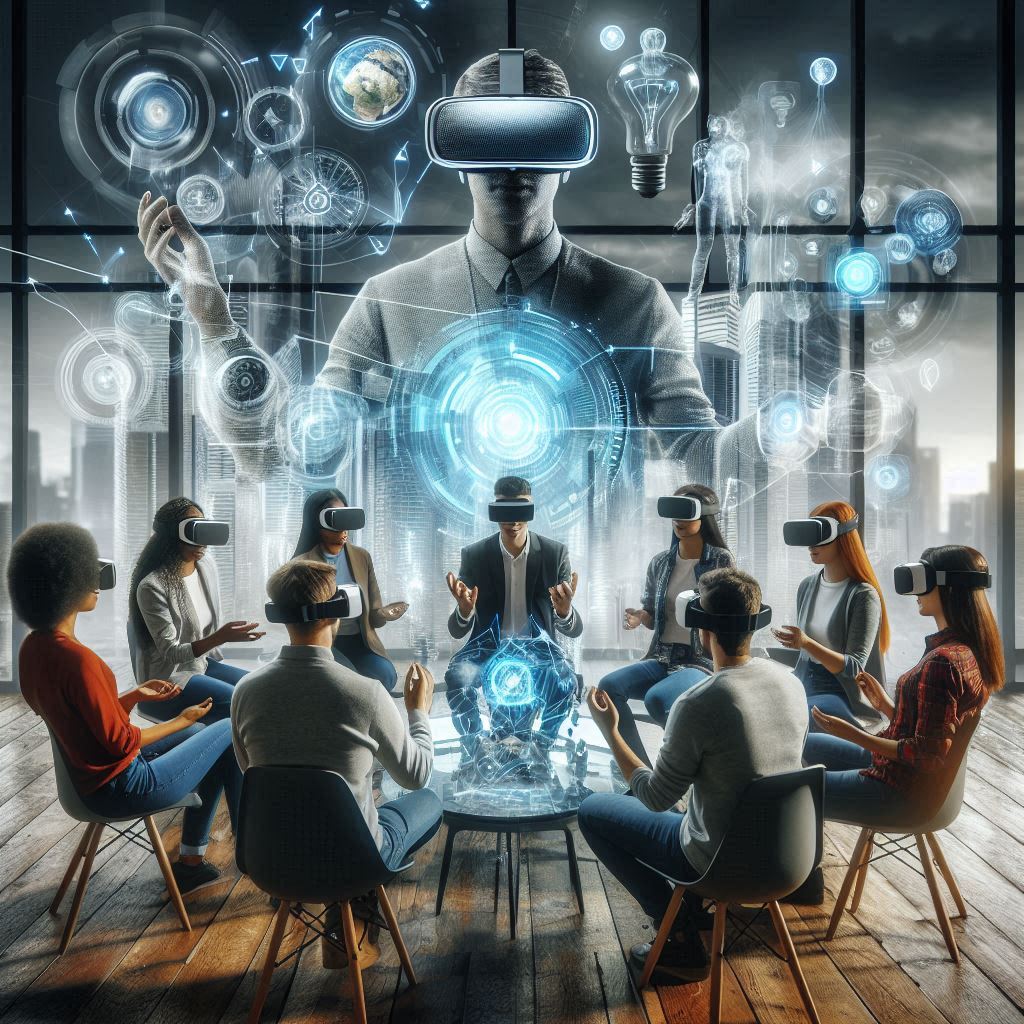
Ready to dive into this exciting new frontier? This blog post is your roadmap, delving deep into the world of spatial UX (user experience) and immersive collaboration. We’ll explore the inner workings of spatial computing, unpack its unique applications, and unveil the latest advancements shaping this dynamic landscape. So, buckle up and get ready to unlock new dimensions with spatial UX and immersive collaboration!
Defining the Spatial Landscape: What is Spatial Computing?
The way we interact with technology is on the cusp of a revolution. Enter spatial computing, a transformative concept that shatters the limitations of flat screens and ushers in a new era of 3D interaction. Imagine manipulating virtual objects in your living room with hand gestures, attending a virtual meeting where colleagues appear as life-sized avatars around a conference table, or even attending a history lecture where you can walk amongst virtual recreations of ancient civilizations. This isn’t science fiction; it’s the exciting potential of spatial computing.
For decades, our primary interface with the digital world has been the traditional computer screen. We tap, swipe, and click, confined to a two-dimensional realm. Spatial computing breaks free from this model, allowing us to interact with information more naturally and intuitively – in a 3D space that reflects our inherent spatial awareness.
The Core Concept: Leveraging Spatial Awareness
Think about how you navigate the physical world. You can perceive depth, understand your position and orientation in a room, and interact with objects in a natural way. Spatial computing builds upon this by enabling us to interact with digital objects in a 3D environment in a similar fashion.
Here’s where the magic happens: Spatial computing utilizes various sensors and technologies to track our movements, hand gestures, and even eye gaze in real time. This allows for a more intuitive and immersive experience compared to traditional interfaces. Imagine reaching out with your hand to grab a virtual object in a 3D model, or tilting your head to see a different perspective of a virtual design.
The Building Blocks: AR, VR, and MR
While spatial computing is the umbrella term, it relies on three key technologies to create these immersive experiences:
- Augmented Reality (AR): Imagine the world around you seamlessly blended with digital information. AR overlays digital information onto the physical world in real time. Think of using an AR app to visualize furniture placement in your living room before you buy it, or an engineer receiving step-by-step instructions with holographic overlays on complex machinery. AR enhances the physical world with valuable digital information.
- Virtual Reality (VR): Ever dreamt of exploring the ruins of Machu Picchu or swimming with whales in the ocean? VR makes it possible. It creates a completely immersive digital environment that blocks out the physical world. VR headsets transport you to new worlds, perfect for gaming, training simulations, and even virtual travel experiences. Imagine a pilot undergoing realistic flight training scenarios in a VR simulator before taking to the skies in a real plane. VR allows for complete immersion in a simulated world.
- Mixed Reality (MR): Think of MR as the bridge between AR and VR. It seamlessly integrates digital elements into the physical world, creating a hybrid experience. Imagine an architect using a special headset to view a building design superimposed on the actual construction site. This allows for real-time adjustments and better visualization of the final project. MR combines the best of both worlds, blending the physical and digital seamlessly.
The Synergy: How AR, VR, and MR Work Together
These three technologies aren’t mutually exclusive. Spatial computing often leverages a combination of AR, VR, and MR to create the most comprehensive and interactive experience.
For example, imagine a surgeon performing a complex operation. They might use MR to view a patient’s anatomy overlaid on their real body during surgery (similar to AR), but also utilize VR elements to access real-time patient data and surgical instructions displayed within their field of vision. This combined approach optimizes surgical precision and efficiency.
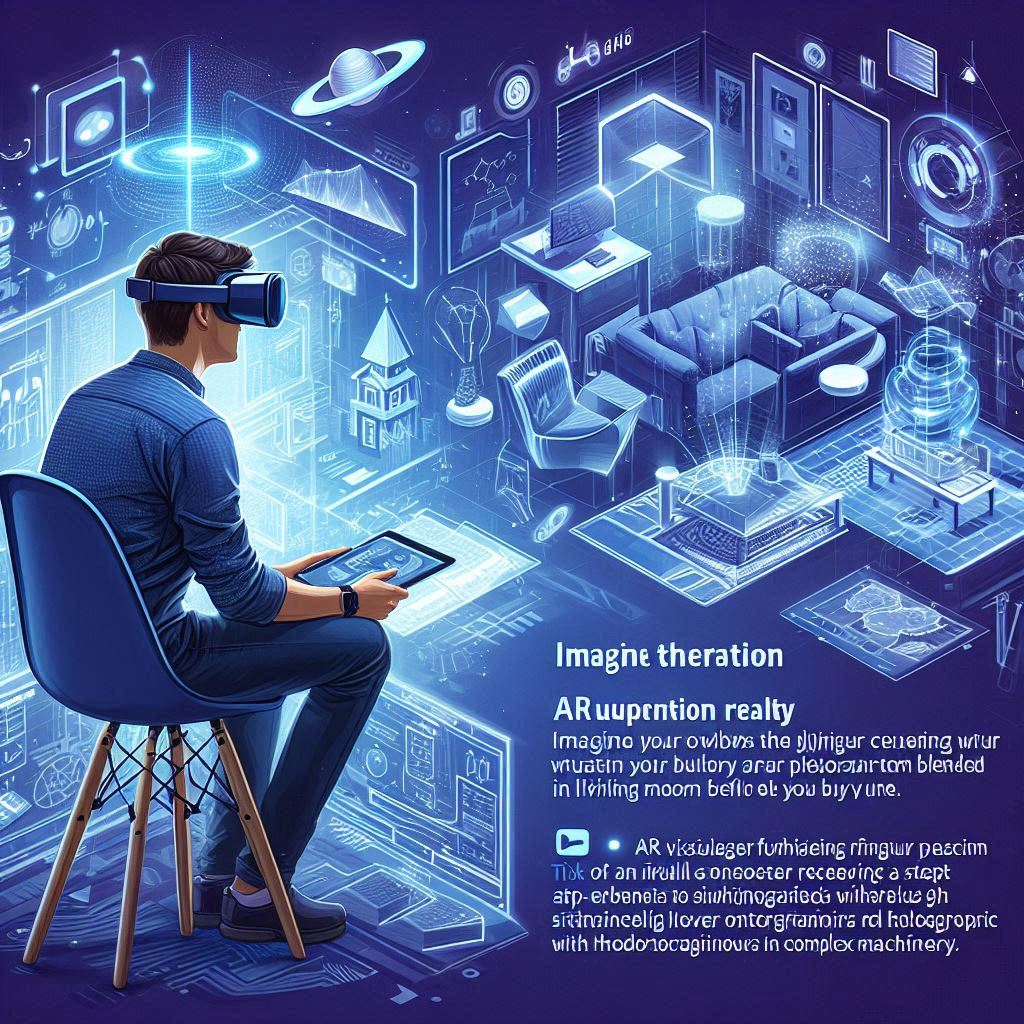
Beyond Entertainment: The Limitless Potential of Spatial Computing
While the entertainment industry is embracing spatial computing with VR gaming experiences and interactive AR apps, the true potential extends far beyond. Here are some examples of how spatial computing is transforming various sectors:
- Education: Imagine students exploring historical events in immersive VR simulations, or manipulating 3D models of molecules in a virtual science lab. Spatial computing can revolutionize learning by making it more engaging and interactive.
- Manufacturing: Workers can receive step-by-step instructions with holographic overlays on complex machinery, improving efficiency and reducing errors. Spatial computing can optimize manufacturing processes and training procedures.
- Healthcare: Beyond surgical applications, spatial computing can be used for remote patient consultations with AR overlays for visualizing medical data, or for physical therapy with VR rehabilitation exercises. Spatial computing holds immense potential for improving healthcare delivery.
Spatial UX: Crafting the User Experience for the Next Dimension
The dawn of spatial computing ushers in a new design frontier – Spatial UX. Forget the limitations of flat screens and click-and-swipe interactions. Spatial UX reimagines user experience for the 3D realm, where users navigate and interact with information in a way that feels natural and intuitive. It’s not just about creating a fancy 3D environment; it’s about crafting a seamless and engaging experience within that space.
Shifting Paradigms: From Flat Screens to Spatial Interactions
Imagine manipulating a virtual object in a 3D space by simply reaching out and grabbing it with your hand gestures. Or, picture yourself using voice commands to control a virtual assistant that seamlessly integrates with your physical surroundings in an AR environment. These are just a few examples of how Spatial UX departs from traditional flat-screen interfaces.
At the core of Spatial UX lie key principles that leverage our inherent human capabilities:
- Spatial Awareness: Spatial UX designers prioritize understanding the user’s position and orientation within the 3D environment. This allows for interactions that feel natural and responsive. Imagine a virtual workspace that automatically adjusts the information displayed based on where you’re looking or how you’re positioned in the space.
- Depth Perception: The ability to perceive depth and scale is crucial in the real world, and Spatial UX harnesses this ability. Designers create interfaces that utilize depth cues to guide user interaction and provide a sense of realism within the virtual space. Think of virtual objects appearing closer or farther away depending on their intended function or importance.
- Natural Movements: Spatial UX moves beyond clicks and taps. It embraces natural movements like hand gestures, voice commands, and even eye tracking for a more intuitive user experience. Imagine manipulating virtual objects with hand gestures in VR or using voice commands to navigate a complex 3D model in an AR environment.
By thoughtfully integrating these principles, Spatial UX designers create user experiences within the 3D world that feel:
- Intuitive: Interactions feel natural and familiar, leveraging our existing spatial awareness and ability to interact with the physical world.
- Immersive: Spatial UX fosters a sense of presence within the virtual space, enhancing user engagement and retention.
- Efficient: Natural movements and well-designed interfaces minimize the learning curve and allow users to complete tasks quickly and effectively.
The Future of User Experience
Spatial UX is still in its early stages, but it holds immense potential for revolutionizing how we interact with technology across various industries:
- Education: Imagine students manipulating 3D models of historical landmarks or exploring virtual ecosystems, all within an immersive learning environment designed with Spatial UX principles in mind.
- Design and Manufacturing: Spatial UX can enable designers and engineers to collaborate on 3D models in real-time, manipulating virtual prototypes and providing feedback within a shared virtual workspace.
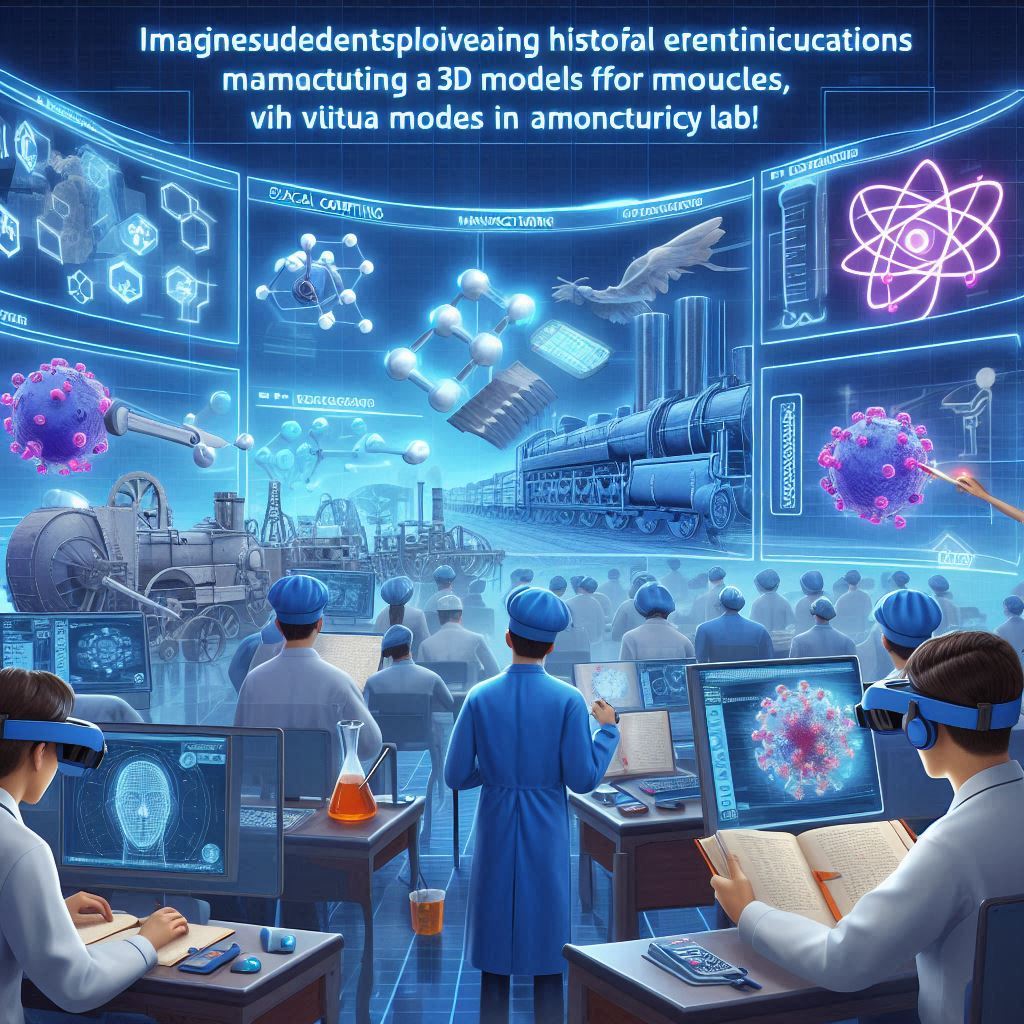
- Retail: Imagine trying on clothes virtually in an AR environment, or visualizing furniture placement within your actual living room before making a purchase. Spatial UX can transform the retail experience by making it more interactive and personalized.
As spatial computing technology advances, Spatial UX will play a critical role in shaping how we interact with the digital world in the years to come. By prioritizing user needs and leveraging our inherent human capabilities, Spatial UX designers are poised to craft the next generation of immersive and intuitive user experiences.
Immersive Collaboration: Redefining Teamwork in the Spatial Age
Buckle up, because spatial computing is about to revolutionize the way we work together. Forget the limitations of video conferencing and scattered emails – imagine a future where geographically dispersed teams collaborate seamlessly in a shared virtual environment. This isn’t wishful thinking; it’s the power of immersive collaboration, a cornerstone of spatial computing.
Breaking Down Barriers: A Collaborative Canvas
Imagine architects working on a 3D building model together in real time. One team member in New York manipulates a virtual wall, while another in London adjusts furniture placement. They see each other’s avatars within the virtual space, fostering a sense of presence and shared purpose. This is just one glimpse into the transformative power of immersive collaboration.
Beyond Location: The Power of Presence
Distance is no longer a hurdle. Immersive collaboration platforms enable geographically dispersed teams to come together in a virtual space, feeling virtually present even when miles apart. Imagine surgeons from different hospitals training with holographic patients, practicing complex procedures in a risk-free virtual environment. Spatial computing fosters a sense of “being there” that traditional video conferencing simply can’t replicate.
The Rise of Spatial AI: Supercharging Collaboration
But immersive collaboration doesn’t stop at shared virtual spaces. Spatial AI is emerging as a powerful tool to further enhance teamwork. Here’s how:
- Real-time translation: Imagine brainstorming sessions where language barriers dissolve. Spatial AI can translate spoken words in real time, allowing for seamless communication across international teams.

- Object recognition: Need to manipulate a specific element within the 3D workspace? Spatial AI can recognize objects with lightning speed, streamlining the process and minimizing time spent searching for digital assets.
- Sentiment analysis: Understanding team dynamics is crucial for effective collaboration. Spatial AI can analyze nonverbal cues like gestures and facial expressions, gauging team sentiment and adapting the virtual experience accordingly. Imagine a system that detects frustration and prompts a quick virtual coffee break to re-energize the team!
The Future of Work is Immersive
The future of work holds immense possibilities with immersive collaboration at the forefront. From geographically dispersed teams collaborating on complex projects to enhanced training simulations with virtual reality, spatial computing is poised to redefine teamwork. As technology advances, we can expect even more innovative applications to emerge, fostering a more connected, efficient, and engaging work environment.
Unique Applications of Spatial UX and Immersive Collaboration
The magic of spatial computing reaches far beyond the initial examples. By seamlessly blending the physical and digital worlds, Spatial UX and immersive collaboration unlock various possibilities across various industries. Let’s delve into some truly unique applications:
Education: Redefining the Learning Landscape
- Immerse Yourself in History: Imagine students transported back in time through immersive VR experiences. They could walk the halls of ancient Rome, witness the construction of the pyramids, or even participate in a virtual reenactment of historical events. Spatial UX allows students to learn by doing, fostering a deeper understanding and engagement with the curriculum.
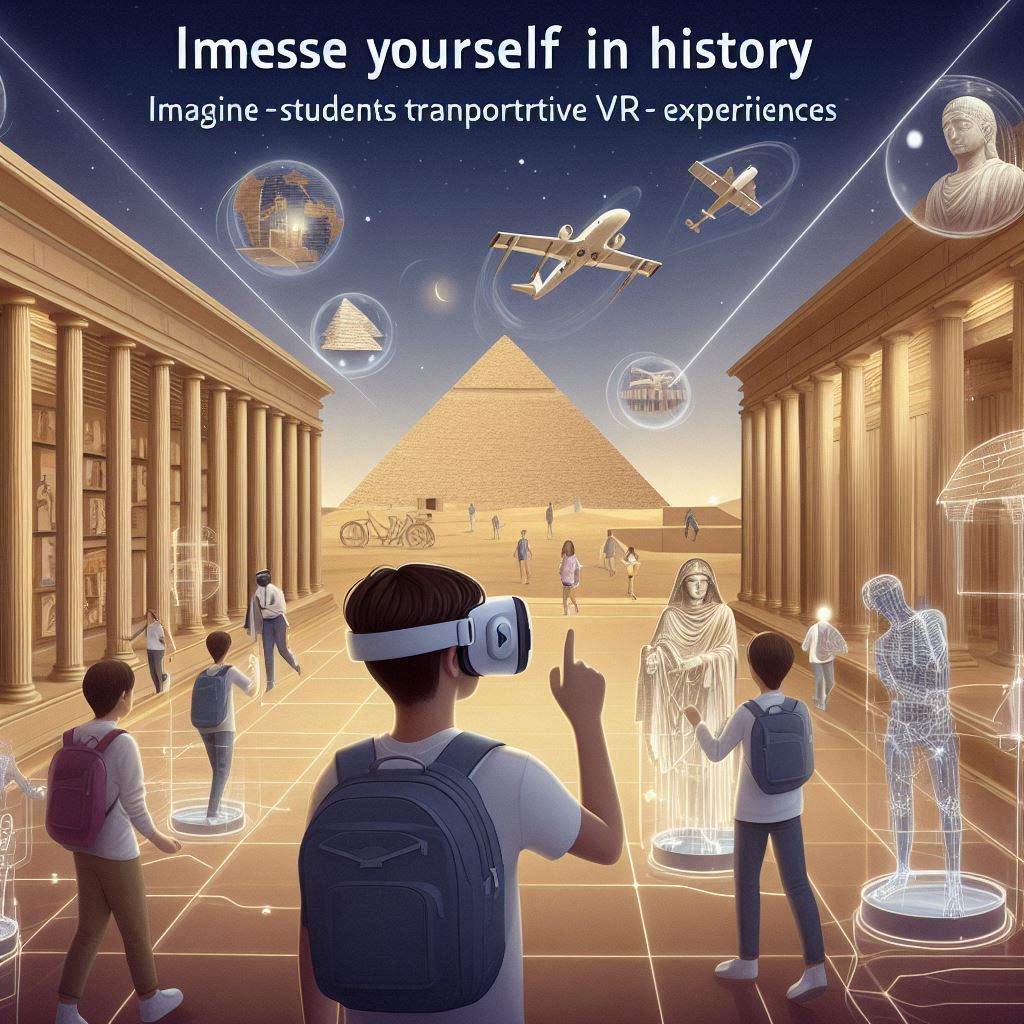
- The Science Lab Comes Alive: Forget static textbooks! Spatial UX can transform science education into a truly interactive experience. Students can manipulate 3D models of molecules, conduct virtual experiments in a risk-free environment, or even explore the human body from the inside out. This immersive approach fosters a love for science and ignites curiosity in young minds.

Manufacturing: Streamlining Processes and Optimizing Training
- Holographic Guides for Complex Tasks: Imagine assembly line workers receiving step-by-step instructions with holographic overlays projected directly onto complex machinery. Spatial UX eliminates the need for bulky manuals and minimizes human error, leading to increased efficiency and productivity.
- Virtual Reality for On-the-Job Training: New hires can undergo realistic training simulations in a VR environment before stepping onto the actual factory floor. This reduces training time and cost and ensures a safer and more efficient learning experience for employees.
Retail: Transforming the Shopping Experience
- Virtual Try-Ons from Anywhere: Say goodbye to endless trips to the fitting room! Spatial UX allows customers to virtually try on clothes in an AR environment using their smartphone or tablet. This personalized approach not only saves time but also allows customers to experiment with different styles and colors from the comfort of their homes.
- Augmented Reality Showrooms: Imagine furniture stores where customers can use AR apps to visualize furniture placement within their actual living room before making a purchase. This eliminates the guesswork and ensures compatibility with existing décor, leading to increased customer satisfaction and sales.
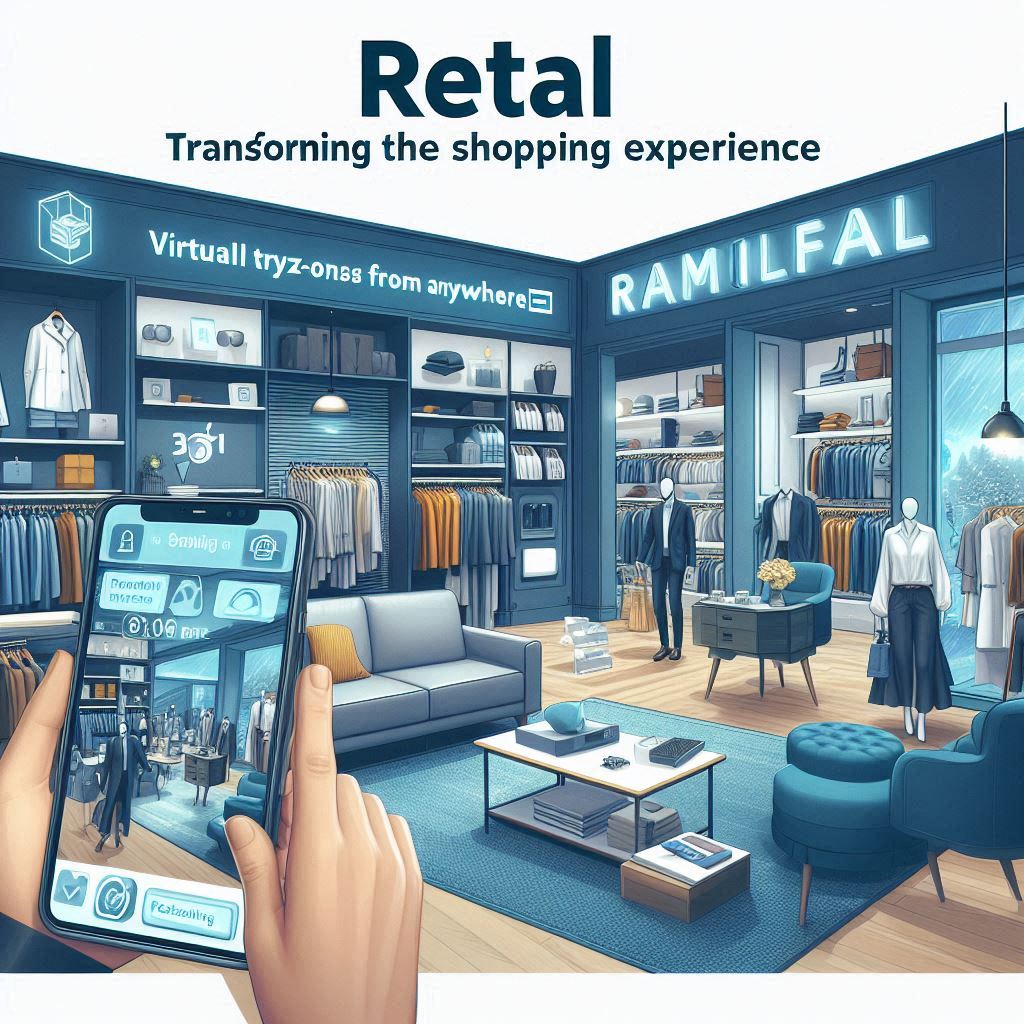
Entertainment: Beyond the Screen
- Interactive Theme Parks: Theme parks can leverage spatial computing to create immersive AR experiences that blend the physical and digital worlds. Imagine visitors interacting with virtual characters, solving puzzles within augmented reality environments, or even experiencing thrilling rides with interactive elements. Spatial UX can transform theme parks into dynamic and ever-evolving entertainment destinations.
These are just a few glimpses into the vast potential of spatial UX and immersive collaboration. As technology continues to evolve, we can expect even more innovative applications to emerge, transforming how we learn, work, shop, and entertain ourselves in the years to come.
Spatial Computing News: A Glimpse into the Future Unfolds
The world of spatial computing is buzzing with groundbreaking advancements! Here’s a look at some recent headlines that showcase the immense potential of this transformative technology:
- Meta Pushes the Boundaries of VR with Project Cambria: Get ready for a whole new level of virtual reality experiences. Meta recently unveiled Project Cambria, a high-end VR headset designed specifically for work and productivity. This innovative headset boasts high-resolution displays, advanced hand-tracking capabilities, and improved ergonomics, blurring the lines between the physical and virtual workspace. (Source: Meta unveils Project Cambria)
- Microsoft Meshes the Future of Collaboration: Collaboration is about to get a major upgrade with Microsoft Mesh. This innovative platform leverages mixed-reality headsets to enable immersive experiences within Microsoft Teams. Imagine brainstorming sessions where team members from across the globe feel virtually present in a shared space, manipulating 3D models and whiteboards together. Microsoft Mesh is paving the way for a future where location no longer hinders teamwork. (Source: Microsoft Mesh)
- Spatial.io Secures $40 Million to Fuel Spatial Collaboration Growth: The momentum behind spatial collaboration platforms is undeniable. Spatial.io, a leading player in this space, recently secured $40 million in funding to further develop its platform. This investment signifies the growing interest and confidence in the potential of spatial computing to revolutionize how we work together. Spatial.io’s platform allows teams to collaborate in real-time within shared 3D environments, fostering innovation and engagement. (Source: Spatial.io)
These are just a few snapshots of the exciting developments unfolding in spatial computing. Stay tuned for future blog posts where we’ll delve deeper into specific applications of spatial UX and immersive collaboration. We’ll explore their impact on various industries, how they’re transforming the way we work, learn, and interact with the world around us, and ultimately, how they might shape the human experience in the years to come.
Conclusion: The Future is Spatial
Spatial computing is no longer science fiction; it’s on the cusp of revolutionizing how we interact with technology. As the technology matures and these recent advancements pave the way for wider adoption, we can expect even more groundbreaking applications to emerge. The possibilities are truly limitless, from transforming education and healthcare to redefining the way we design, manufacture, and shop. The future is spatial, and it holds the potential to reshape our world in ways we can only begin to imagine.
Also, check out my other interesting blogs:

